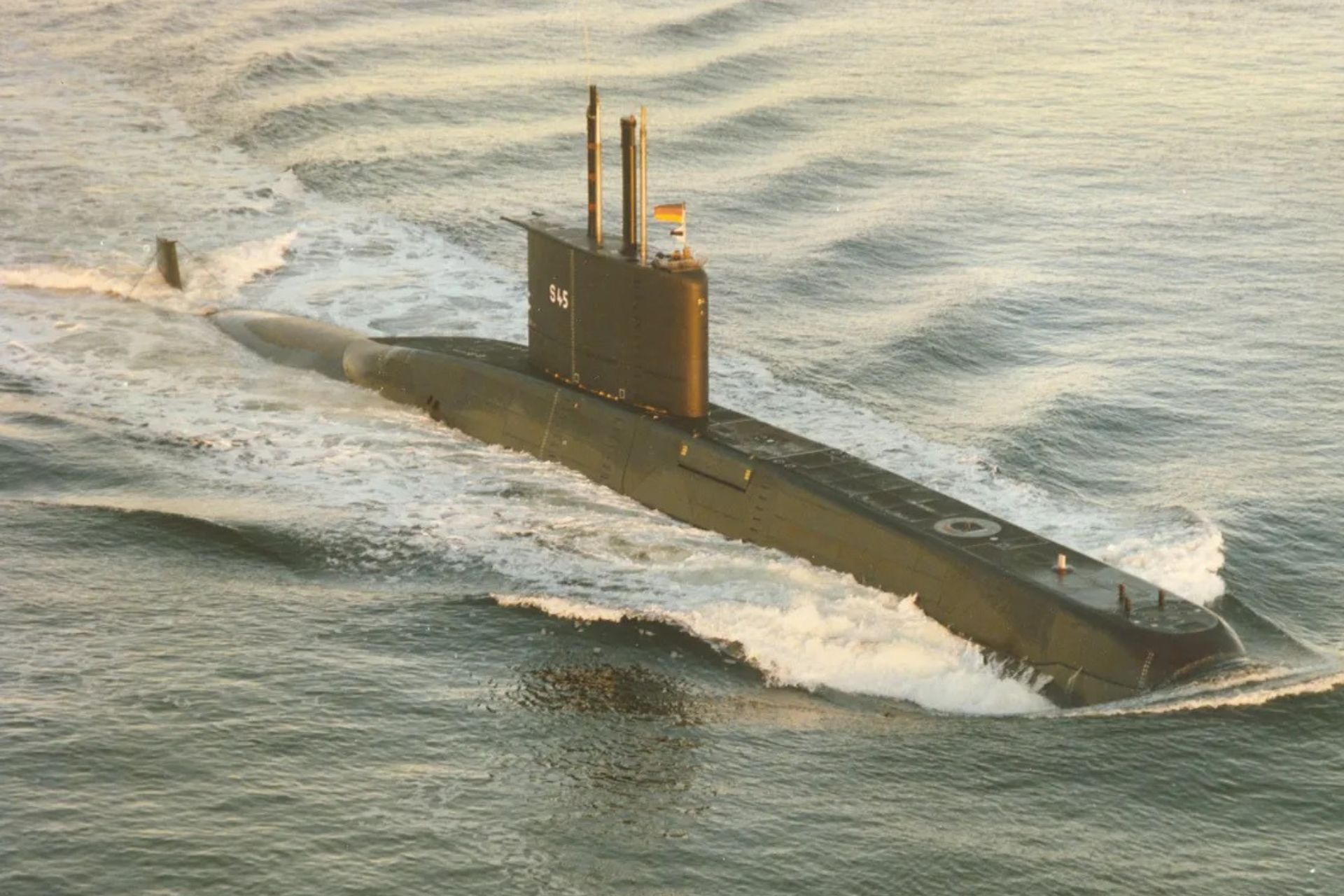Breaking News
Germany vs Spain: Intense Competition for Building Submarines for Indian Navy.
The race to secure a global contract for constructing six conventional submarines for the Indian Navy has narrowed down to a competition between two joint ventures. On one side is the German shipbuilder Thyssenkrupp Marine Systems (TKMS), partnered with India’s leading defense shipyard Mazagon Dock Limited (MDL). On the other side is the Spanish shipyard Navantia, which is making a bid in partnership with the Indian engineering giant Larsen & Toubro (L&T). Follow Army Recognition on Google News at this link

In July 2023, TKMS and India's Mazagon Docks Shipbuilders signed a contract to jointly overhaul and modernize INS Shankush, the second of the Indian Navy's Type 209 submarines. (Picture source: TKMS)
The program, budgeted at 538 million dollars, is known as Project 75-I and falls under the "strategic partner" (SP) acquisition category. This category requires qualified Indian companies to construct a weapons platform in collaboration with a foreign original equipment manufacturer (OEM) selected by the Ministry of Defense. The six submarines will be equipped with air-independent propulsion (AIP), a technology that significantly enhances the submarines' stealth and endurance.
Khalil Rehman, the CEO of TKMS India, spoke in New Delhi for the first time advocating for the construction of a TKMS submarine in India under the strategic partner program. He highlighted that MDL is the only shipyard in India with the necessary experience in submarine construction. MDL has a storied history dating back to the 18th century and has constructed several advanced warships, including two classes of submarines for the Indian Navy, thus bolstering its underwater warfare capability.
These submarines include two of the Shishumar class and six of the Kalvari class. The Shishumar class submarines were constructed in collaboration with HDW through a technology transfer agreement, with the first two being assembled in Killough with full integration of Indian teams. This collaboration facilitated the indigenous construction of the third and fourth submarines.
The design of Project-75 (I) is based on the well-established HDW Class 214 submarine, a model currently in service with several navies around the world. Its technological advancements include AIP, lithium-ion battery technology, sensor and combat systems, and stealth features that ensure superior performance, increased endurance, and reduced detectability—critical for naval operations in diverse environments.
The TKMS/MDL design for Project-75 (I) combines proven reliability with technological advancements, capable of launching precision-guided weapons, including torpedoes and anti-ship missiles such as MBDA’s SM-39 Exocet, along with other precision-guided munitions.
TKMS has implemented various models in Italy, Israel, South Korea, Brazil, and India. These experiences have enabled recipient countries to independently design submarines, achieve autonomy in maintenance and manufacturing, develop an export industry, strengthen bilateral cooperation, and enhance security.
The German government and HDW, TKMS's predecessors, as well as Italy, cooperated from the early stages of building the Class 212A submarine, which was later purchased by the Italian government for Fincantieri, its national shipbuilding champion. TKMS and Fincantieri have thus developed a unique cooperation model for future Italian submarines, enhancing the defense capabilities of both countries.


























